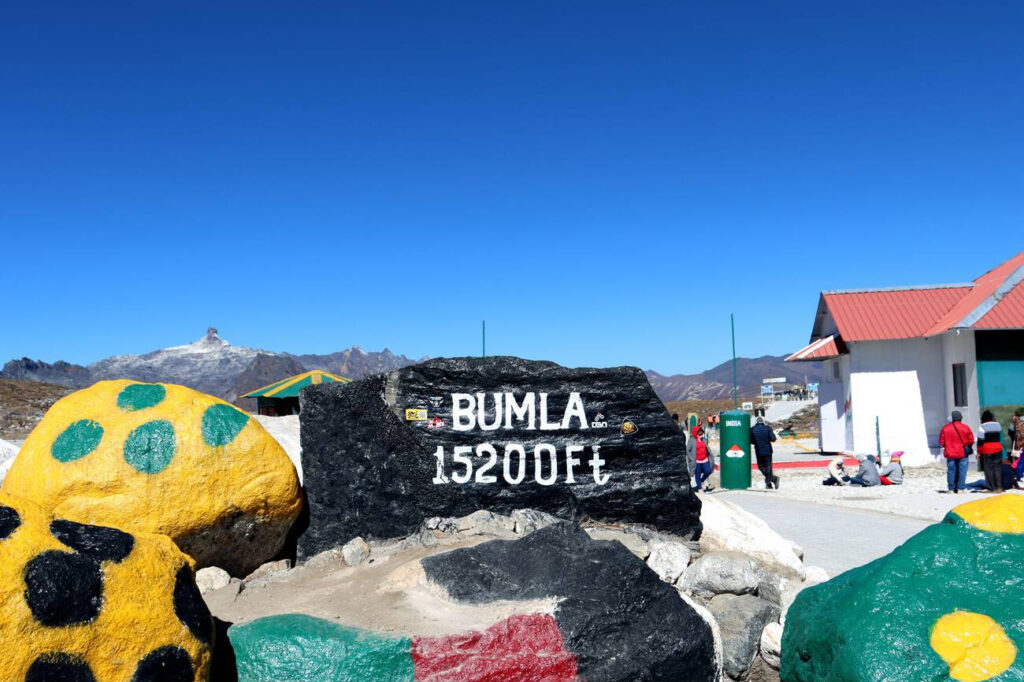
Arunachal Implements Meghalaya Model, Imposes Entry Fee for Bumla Pass Tourists

 :
| Updated On: 22-Aug-2025 @ 12:22 pm
:
| Updated On: 22-Aug-2025 @ 12:22 pmSHARE
The Arunachal Pradesh government has announced a new initiative to regulate tourism at Bumla Pass, a popular yet ecologically sensitive destination in the Tawang district. Beginning September 1, 2025, tourists visiting the iconic high-altitude mountain pass will be required to pay an entry fee of ₹100. This move has been inspired by Meghalaya’s “community-led tourism model,” which successfully balances tourist influx with environmental sustainability and local community benefit.
According to a circular issued by Deputy Commissioner Namgyal Angmo, IAS, the fee will be collected at the time of permit issuance from the DC’s Office in Tawang. The system has been designed with exemptions to ensure fairness and inclusivity. Children under the age of 12 and individuals belonging to the Arunachal Pradesh Scheduled Tribe (APST) will not be required to pay the charge. Furthermore, permits will only be issued during official working hours to ensure transparency, accountability, and proper regulation of tourist flow.
The administration has emphasized that the funds collected through this entry fee will not merely serve as revenue but will be dedicated to specific developmental and ecological programs. The money will go into initiatives like environmental conservation, solid waste management, and community development schemes. This approach reflects an effort to ensure that the increasing tourist traffic contributes positively to the preservation of the fragile Himalayan ecosystem and simultaneously supports the welfare of local communities who are key stakeholders in the region’s tourism economy.
Bumla Pass, located around 37 km from Tawang town and perched at an elevation of 15,200 feet, is renowned for its snow-covered landscapes, panoramic Himalayan vistas, and profound strategic importance. Historically, the pass holds immense significance as it served as one of the battlefronts during the 1962 Sino-Indian War between India and China. Even today, Bumla remains an active site for Border Personnel Meetings (BPMs) between the Indian Army and the People’s Liberation Army (PLA) of China, making it both a tourist hotspot and a symbol of India’s border defense.
Tourists are especially drawn to Bumla for the unique opportunity to interact with Indian Army personnel stationed in this remote frontier region. For many, this encounter provides not only a sense of national pride but also a rare glimpse into the lives of soldiers posted in extreme weather conditions.
The journey to Bumla Pass itself is considered a major attraction. The route winds through breathtaking alpine meadows, high-altitude glacial lakes such as the famous Sangestar Tso (popularly known as Madhuri Lake), and spiritually significant sites like the Tawang Monastery, one of the largest monasteries in India and an important center of Tibetan Buddhism.
Local stakeholders, including community leaders, tourism operators, and conservation groups, have welcomed the introduction of the entry fee. They view it as a progressive and forward-looking policy that promotes responsible tourism. By regulating tourist activity and channeling funds into conservation and community projects, the administration hopes to protect fragile mountain ecosystems, reduce the strain on local infrastructure, and ensure that tourism revenue directly benefits the indigenous population of Tawang.
In conclusion, the introduction of the entry fee at Bumla Pass represents an important step toward balancing tourism growth with environmental sustainability and cultural preservation. By adopting lessons from Meghalaya’s successful model, Arunachal Pradesh aims to ensure that Bumla remains not only a place of natural beauty and historical importance but also a model for sustainable, community-driven tourism development in the Himalayan region.